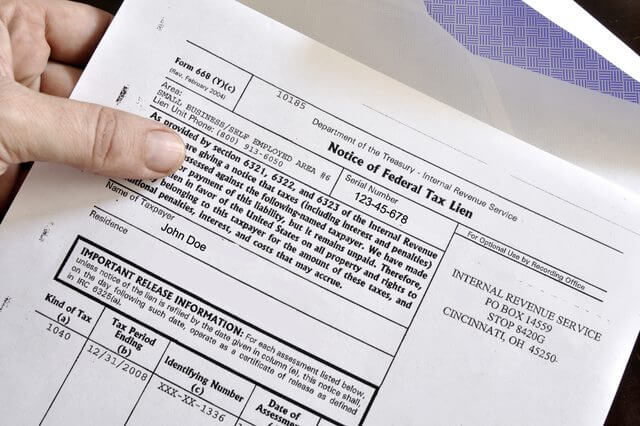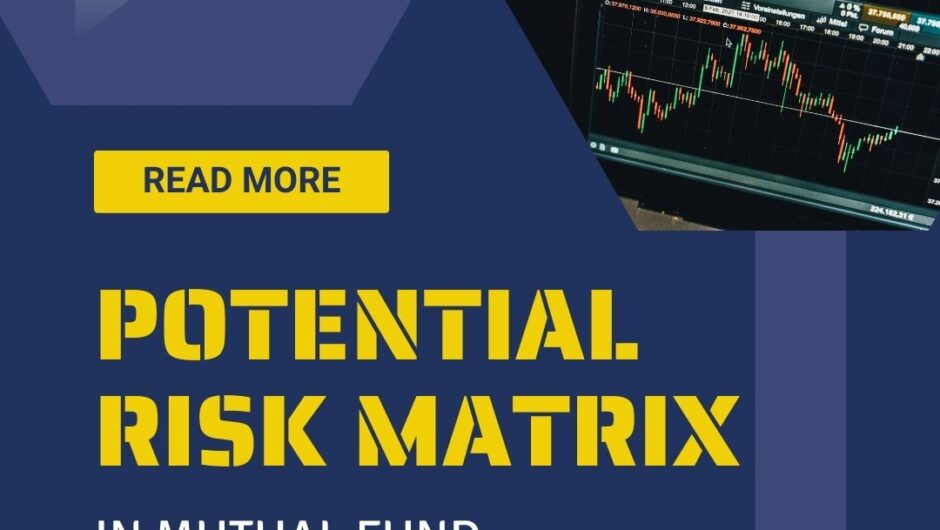Understanding the impact of inflation on investments is crucial for investors seeking to preserve and grow their wealth effectively. Inflation, the gradual rise in the general price level of goods and services, erodes the purchasing power of money over time. This exploration delves into the intricate relationship between inflation and various investment products. By comparing the returns of different investment avenues against the backdrop of inflation, we aim to shed light on how investors can navigate this economic phenomenon to make informed decisions and construct portfolios that stand resilient against the erosive effects of rising prices. From equities and bonds to real estate and precious metals, each investment class responds differently to inflation, shaping the risk and return dynamics that investors must consider in their wealth-building journey.
Understanding Inflation’s Erosive Impact
Understanding the erosive impact of inflation is foundational for investors. Inflation represents the decrease in the purchasing power of currency over time, diminishing the real value of money. This erosion occurs as the cost of goods and services rises, impacting the value of savings and investments. For investors, comprehending the nuanced relationship between inflation and investment returns is essential. Overlooking the impact of inflation can lead to diminished real returns, especially in assets providing fixed returns like bonds. The significance of understanding inflation lies in its potential to erode the value of returns, affecting the ability of investments to outpace rising living costs. Acknowledging this impact becomes a critical aspect of strategic investment planning to preserve and enhance wealth over the long term.
Comparing Inflation and Returns on Equities
Comparing inflation with the returns on equities is crucial for investors seeking to assess the resilience of their portfolios in the face of rising prices. Historically, equities have demonstrated the potential to outpace inflation, offering a hedge against its erosive effects. This is attributed to factors such as dividend yields and capital appreciation. Companies often have the ability to adjust prices for inflation, leading to increased revenues and shareholder returns. While equities carry inherent risks, their growth potential and the ability to generate real returns make them an attractive option in inflationary environments.
Investors often adopt equity strategies that align with inflation hedging, such as investing in sectors known for resilience in inflationary periods, such as commodities, energy, and infrastructure. Additionally, focusing on dividend-paying stocks can provide a source of income that may keep pace with or outpace inflation. Understanding how equities respond to inflationary pressures is essential for constructing a well-balanced portfolio that aims to preserve and enhance wealth in the long term.
Inflation-Adjusted Returns in Bond Investments
Inflation-adjusted returns in bond investments are a critical consideration for investors navigating the impact of rising prices on fixed-income securities. Bonds, while providing a steady income stream, face the challenge of potential erosion in real returns due to inflation. The nominal yield on bonds may not fully account for the declining purchasing power of money over time.
Inflation erodes the actual value of future interest and principal payments, impacting the overall return on bonds. Investors often assess the real return by subtracting the inflation rate from the nominal yield, providing a more accurate reflection of the bond’s purchasing power preservation. Treasury Inflation-Protected Securities (TIPS) are specifically designed to mitigate inflation risk. TIPS adjust both interest payments and principal value based on changes in the Consumer Price Index (CPI). This inflation-linked feature helps TIPS investors maintain the purchasing power of their investments in inflationary environments.
Real Estate as an Inflation Hedge
Real estate has long been recognized as a potential hedge against inflation due to its unique characteristics and ability to adapt to economic changes. In an inflationary environment, the value of real estate assets often appreciates, providing investors with a tangible and potentially lucrative investment avenue.
The appreciation of real estate values can be attributed to various factors. As the general price level increases, the cost of constructing new properties rises, contributing to the appreciation of existing real estate assets. Additionally, real estate investments, particularly rental properties, can generate income in the form of rent, which may increase over time in response to inflation. While real estate can serve as a valuable inflation hedge, it’s essential for investors to consider factors such as location, market conditions, and property management. Incorporating real estate into a diversified investment portfolio can enhance resilience against the erosive effects of inflation, providing both income and potential appreciation.
Precious Metals in Inflationary Environments
Precious metals, particularly gold and silver, have long been regarded as effective hedges against inflation. In inflationary environments, these metals often retain or increase in value, offering investors a store of wealth that tends to outpace the eroding effects of rising prices.
Gold, in particular, is often sought after as a safe-haven asset during periods of inflation and economic uncertainty. Its intrinsic value and limited supply contribute to its reputation as a reliable store of value. Silver, while also influenced by industrial demand, shares similar qualities as a precious metal hedge against inflation. Investors turn to precious metals for various reasons during inflationary periods. These metals have a history of preserving purchasing power over the long term, and their appeal is heightened when traditional currencies may face depreciation.
Inflation-Linked Investment Products
Inflation-linked investment products are specifically designed to provide investors with protection against the erosive effects of inflation. One prominent example is Treasury Inflation-Protected Securities (TIPS), which are issued by the U.S. Treasury. TIPS offer investors a safeguard against rising prices by adjusting both their principal value and interest payments based on changes in the Consumer Price Index (CPI).
The principal value of TIPS increases with inflation, ensuring that investors receive a real return that accounts for the changing cost of living. Additionally, the semi-annual interest payments on TIPS also adjust with inflation. This providing investors with a consistent income stream that reflects the impact of rising prices. Inflation-linked investment products offer a unique combination of capital preservation and income generation. Also making them attractive during periods of inflationary pressure. Investors seeking to mitigate the impact of inflation on their portfolios often include these products to ensure a more resilient and adaptive investment strategy. The performance of these instruments is directly tied to changes in inflation rates. And providing a transparent and effective means of preserving the purchasing power of invested capital.
Conclusion: Crafting Resilient Portfolios Amid Inflation
In conclusion, crafting resilient portfolios amid inflation requires a nuanced understanding of how different investments respond to rising prices. Equities, real estate, precious metals, and inflation-linked products can serve as effective hedges. Investors must balance risk and return, considering the impact of holding periods and individual profiles. Acknowledging the erosive nature of inflation and strategically diversifying across asset classes empowers investors to navigate economic uncertainties. By staying informed, adapting to evolving market conditions, and incorporating inflation-resistant strategies. Investors can build portfolios that withstand the challenges posed by inflation, fostering long-term financial resilience.
Also Read:

Hello, I am Tanisha Kriplani, graduated in computer science from Delhi University. I am passionate about web content writing and have a strong interest in Data Analytics and Data Engineering.












